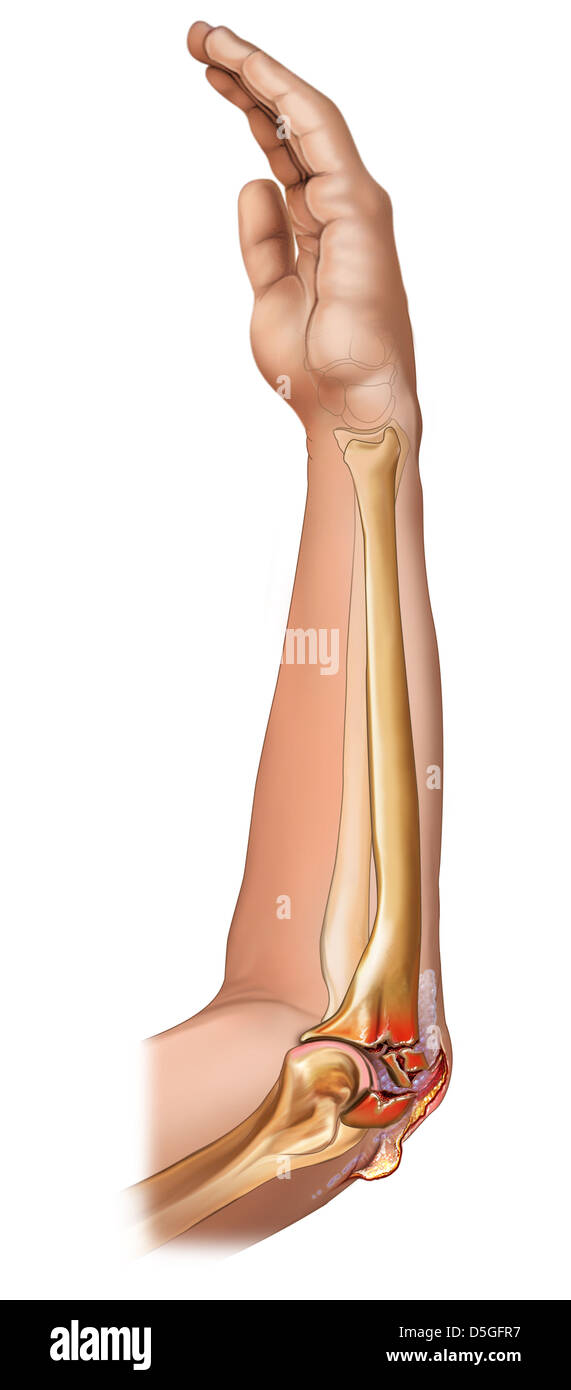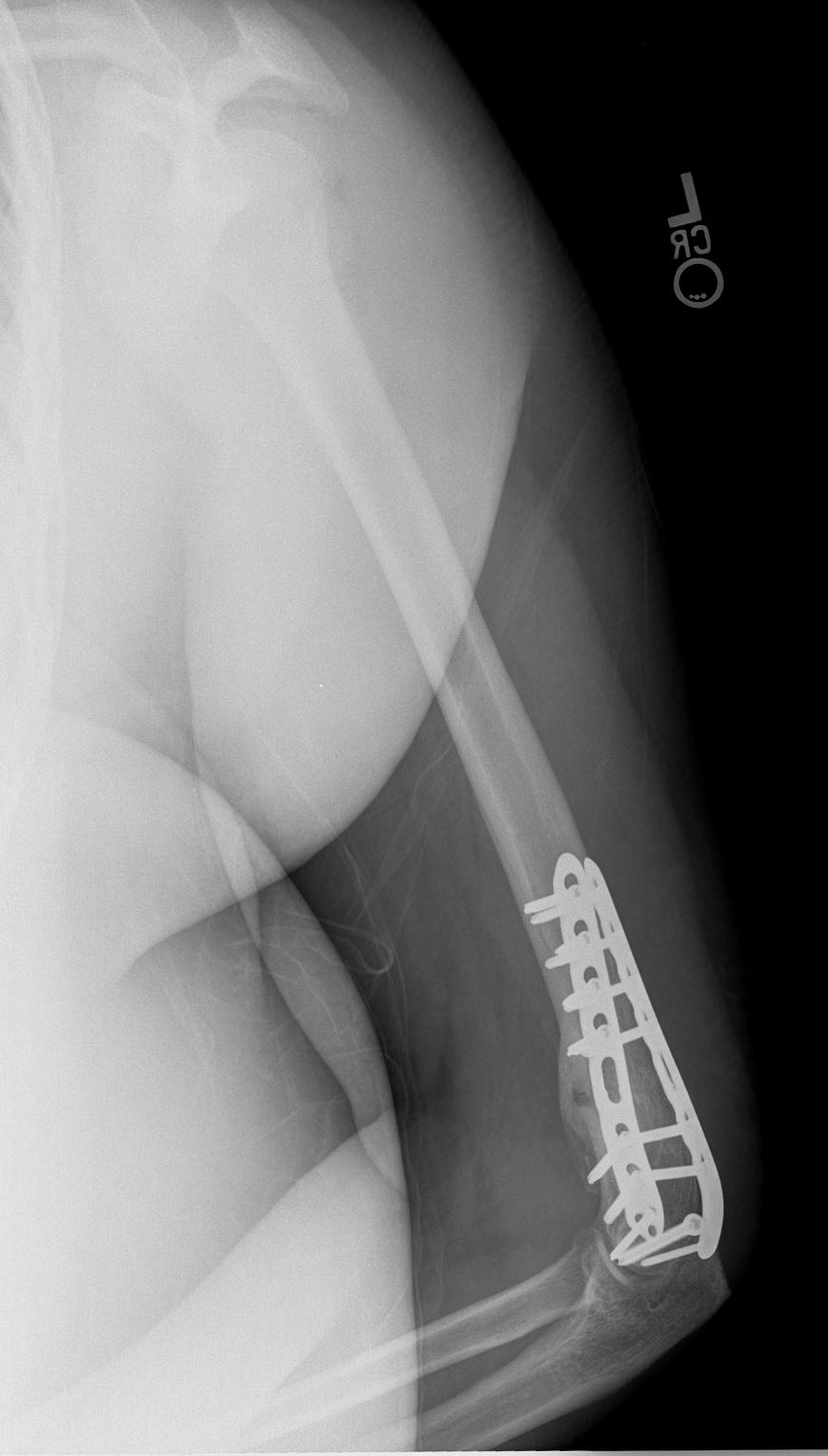

These patients present commonly present with painful clicking and weakness. While simple elbow dislocations most often resolve following nonoperative management alone, some patients develop recurrent dislocations or subluxation episodes.


Additionally, isolated soft tissue injuries can range from mild contusions, sprains, and strains to more significant soft tissue-based injuries requiring clinical attention, such as deep penetrating lacerations or gunshot wounds (GSWs) resulting in traumatic arthrotomies. Direct trauma to the elbow, which often occurs from a fall directly onto the olecranon can yield various types of fracture- and fracture-dislocation patterns as well. The latter is often seen following a fall on an outstretched hand while the forearm is supinated and the elbow is either partially flexed or fully extended. Traumatic injuries range from simple contusions to more complex osseoligamentous fracture-dislocation patterns.
CLOSED FRACTURE ELBOW MANUAL
Manual laborers with analogous occupational repetitive demands The transition between the upper arm and the forearm is the region of the antecubital fossa, which contains the radial nerve, brachial artery, and median nerve. Moreover, these ligamentous structures contribute to the physiologic rotational stability of the elbow joint. The ulnar collateral ligament (UCL) and lateral collateral ligament (LCL) complex play an important role in stabilizing the joint to valgus and varus stress throughout the arc of motion, respectively. The radial neck and the proximal radial metaphyseal region includes the radial tuberosity, the site of attachment of the distal biceps tendon. The capitellum, a distinct ossification center located at the lateral distal humerus, articulates with the radial head. The anterior aspect of the proximal ulna (i.e., the trochlear notch or semilunar notch) articulates with the trochlea of the distal humerus on the medial side of the elbow joint. The elbow joint is one of the most complex joints in the human body, comprised of three distinct articulations: ulnohumeral, radiohumeral, and proximal radioulnar joints. The latter occurs secondary to a multitude of factors, including deconditioning, decreased agility and balance, poor vision, decreased muscle mass, and osteopenia or osteoporosis. Elderly patients, however, are at risk for elbow injuries and traumatic fractures following even low-energy falls. In the adult patient, most of these acute injuries occur secondary to high energy mechanisms such as falls from height or motor vehicle accidents (MVAs). In general, these injuries encompass a vast array of injury patterns from mild soft tissue injuries and contusions to complex osseoligamentous injury patterns and terrible triad injuries. Elbow trauma is a common entity in the acute care setting.


 0 kommentar(er)
0 kommentar(er)
